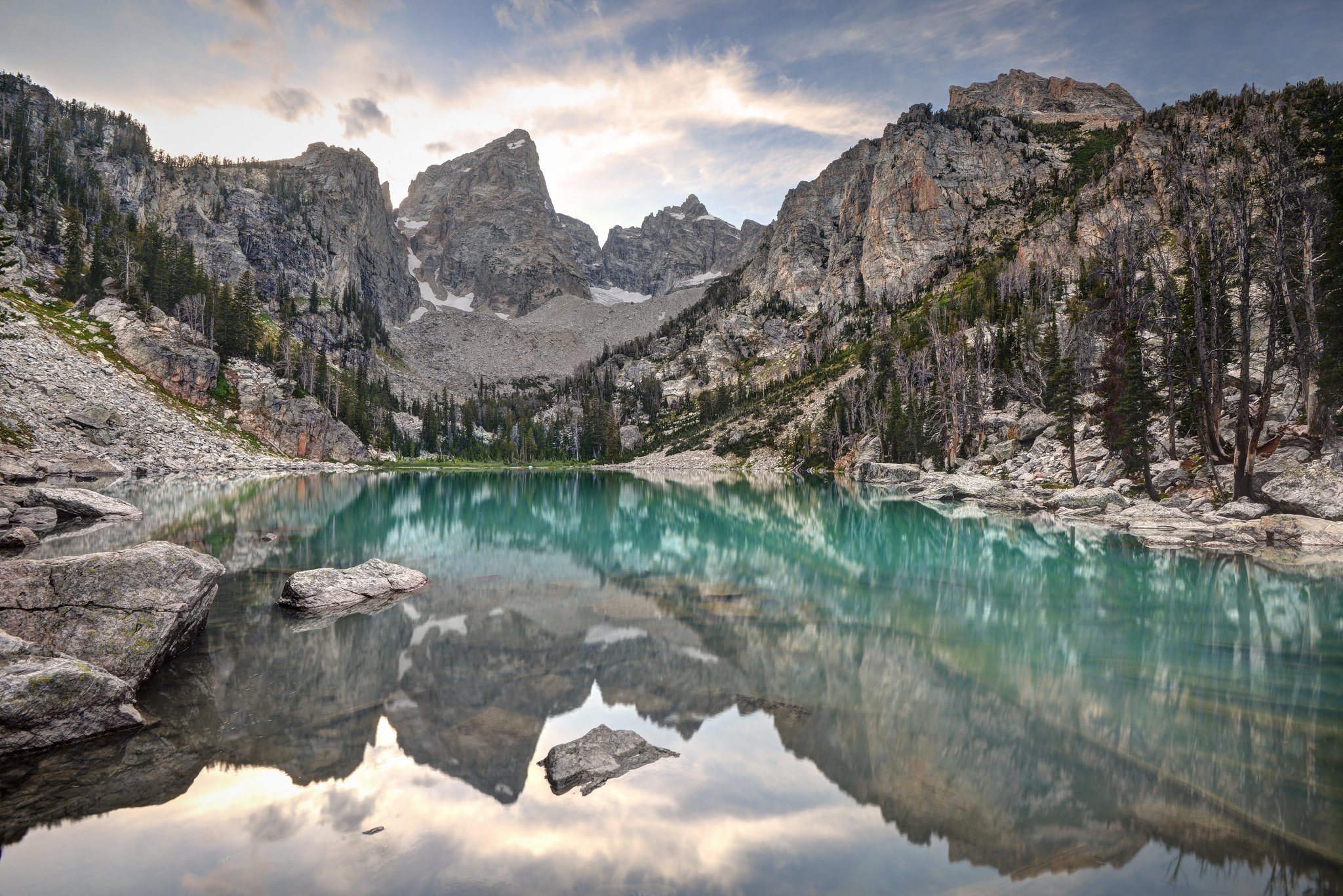There’s a paradox gripping our modern world, one where the very tools we use to discover beauty are, inadvertently, threatening to diminish it. This narrative isn’t just a tale from a bygone era but a very present reality, especially in the context of cherished outdoor spots that are being ‘loved to death.’ Sedona, Arizona, and the rolling hills of Keizer, Oregon, serve as poignant examples of this trend, where social media buzz and the urge to collect experiences are transforming serene natural retreats into bustling tourist hubs.
The Ecological and Social Impact
In Sedona, the Devil’s Bridge used to be a secret jewel known only to the most adventurous hikers. Today, it’s a hotspot for Instagram enthusiasts, complete with hour-long lines just for a photo. What was once a tranquil hike through a rugged landscape now feels more like waiting in line at a theme park. The path to Devil’s Bridge has seen significant changes: the dirt roads are now paved, and new parking lots have been established to accommodate the influx of cars. These changes, while making the spot more accessible, have also stripped away some of the wild essence that made it special.
Similarly, the Little North Fork and Three Pools area in Oregon, a place near my childhood home, has changed drastically from a secluded swimming hole to a crowded attraction, thanks to a single story’s viral spread. The area, once a hidden gem frequented by locals, is now packed with visitors every weekend. This shift has brought about a need for more facilities, such as restrooms and trash bins, to manage the crowds. However, these additions, coupled with the ecological impact of increased foot traffic, have altered the landscape irreversibly.
The transition from dirt roads to paved parking lots, the imposition of restrooms in once-wild areas, and the sheer number of visitors have altered the very essence of these spots. This isn’t merely about losing a sense of seclusion; it’s about the inevitable damage that comes with over-population — from ecological harm to physical risks. The increase in visitor numbers has led to more litter, trail erosion, and disturbances to wildlife habitats. Additionally, many visitors arrive unprepared for the challenges and responsibilities of wilderness exploration, leading to accidents and rescue operations that strain local resources.
The Instagram Effect: Boon or Bane?
In the quest for that perfect shot, many visitors arrive unprepared for the challenges and responsibilities of wilderness exploration. This surge in popularity, fueled by Instagram’s visually driven culture, has led national parks to report a 26 percent increase in visitor numbers over the last decade. Vandalism, disregard for safety warnings, and, paradoxically, a loss of the natural beauty that drew visitors in the first place, are becoming all too common. The pressure to capture and share unique experiences often results in risky behaviors, such as venturing off-trail or ignoring safety barriers, further exacerbating the problem.
The dilemma then becomes, how do we balance the desire to share and discover with the need to preserve? Social media platforms like Instagram have become indispensable tools for inspiration and exploration. Yet, they also pose a threat to the very places they help popularize. The narrative of ‘discovery’ in the context of social media turns into a collective claim, where personal discoveries are instantly broadcasted to a global audience. This ‘digital manifest destiny’ prompts us to question the sustainability of such widespread sharing.
Responsible Sharing and Stewardship
Despite this, there’s a silver lining. Some enthusiasts and professionals in the field of outdoor exploration advocate for responsible sharing. This includes promoting principles like ‘Leave No Trace’ and urging followers to keep some places sacred by refraining from geotagging. Additionally, educational efforts are underway to ensure that the allure of Instagram doesn’t overshadow the importance of environmental stewardship. Organizations and influencers are increasingly using their platforms to educate their audiences on sustainable travel practices and the importance of preserving natural spaces.

Perhaps the most challenging aspect of this situation is the emotional toll it takes on those who have formed deep connections with these places. Watching a beloved spot become overrun and potentially damaged can be heart-wrenching. Yet, the response to this challenge can’t be to shun new visitors or technology entirely. Instead, we must navigate this new landscape with a blend of enthusiasm for sharing and a commitment to conservation.
Embracing Mindfulness and Conservation
The story of outdoor exploration is evolving, and we’re all part of its unfolding. As we continue to seek out the beauty of the natural world, let’s also remember our responsibility to protect it. After all, the true value of a place lies not in the number of likes it garners but in the legacy of preservation we leave behind. The dialogue between discovery and discretion continues. As we tread through these beloved spaces, both physically and digitally, let’s do so with a mindfulness that honors their beauty and their fragility. Our shared love for the great outdoors demands nothing less.
Navigating the future of outdoor exploration in the age of social media requires a delicate balance between sharing and preserving. By adopting responsible sharing practices, promoting environmental stewardship, and maintaining a deep respect for nature, we can ensure that these cherished spots remain beautiful and accessible for generations to come. As we continue to explore and share our experiences, let’s do so with a commitment to protecting the natural world that inspires us.





